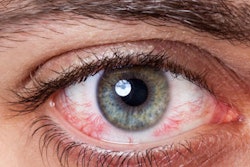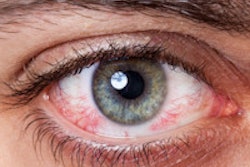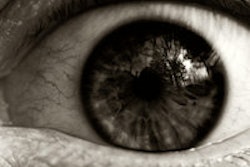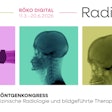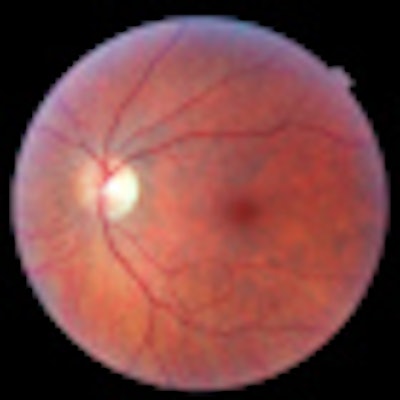
As regular users of PACS workstations, radiologists are covered by European Union (EU) legislation governing occupational use of visual display units (VDUs), and eye care is a vital and often overlooked issue for the specialty, noted a commentary published online 29 August in the British Journal of Radiology.
Given the importance of radiologists' visual acuity, their eye care is an important quality control and occupational health matter, stated a group led by Dr. Darragh Halpenny of Adelaide and Meath Hospitals in Dublin.
"There is a clear legal basis requiring employers to provide regular eye examinations and reporting breaks," the authors wrote. "In the absence of leadership from employers on this issue, individual radiologists have a responsibility to ensure that their work practices reflect the legal situation and minimize the effect of eye strain on their performance."
While occupational health issues in radiology primarily focus on radiation protection and infection control, the assessment of visual acuity of radiologists should also be a topic of concern, particularly when viewed as a vital link in the imaging quality control paradigm, according to the authors.
"The preservation of optimal visual function among radiologists can be approached from both a short-term perspective, viewed across a working day, and a long-term perspective, viewed across an average working life," they wrote. "A radiologist's visual performance should be expected to be as accurate reading the last radiograph of the day as for the first in the morning, and equally the radiologist needs to have as high functioning near vision in their seventh decade as they did commencing their career."
With the nearly ubiquitous adoption of PACS, radiologists spend most of their day in front of a computer monitor. Prolonged use of VDUs, however, has been associated with a number of ocular symptoms in the general population, such as aesthenopia (eye strain) and temporary myopia. The limited studies that examined ocular issues for radiologists have also raised similar concerns and also found a slight decrease in visual acuity over the course of a work day, according to the authors.
In 1990, the EU enacted Directive 270/90/EEC, which provides a legal basis for eye care among regular occupational users of VDUs. The directive provides specific requirements for employers, including providing workers with information on all aspects of health and safety relating to their workstation, informing workers of any health and safety measure related to the directive, and planning worker activities in a way that daily work on a display screen is periodically interrupted by breaks.
In addition, the directive notes workers shall be entitled to an appropriate eye and eyesight test before commencing display screen work and at regular intervals thereafter.
The authors said that several issues, such as whether visual acuity testing should be mandatory for radiologists entering the profession and at regular periods afterward, need to be addressed either locally by individual hospitals, by governing bodies, or at a national level.
Since optimal patient care is the goal of any health service and healthcare professional, intermittent eye testing would seem a reasonable safeguard in the radiology setting, according to the authors.
If the EU directive would be strictly enforced on a local level, the length of both reporting time and reporting breaks would likely be regulated. This matter should ultimately, however, be addressed by radiological governing bodies and is the responsibility of the healthcare employer, according to the authors.
Although there might be some concern that reporting efficiency would drop if regular breaks were introduced, the authors noted nonradiologists have experienced increasing work rates in similar scenarios.
"In addition to fulfilling their existing legislative responsibility, employers (as well as radiologists and their governing bodies) should be encouraged to educate those working with medical VDUs as to simple steps that may be taken to reduce visual symptoms," the authors wrote. "For example, the 20-20-20 rule encourages VDU users to focus the eyes 20 feet away from the workstation for 20 seconds every 20 minutes, while the use of artificial tears (or even the simple act of more frequent blinking) can help lubricate the cornea."




